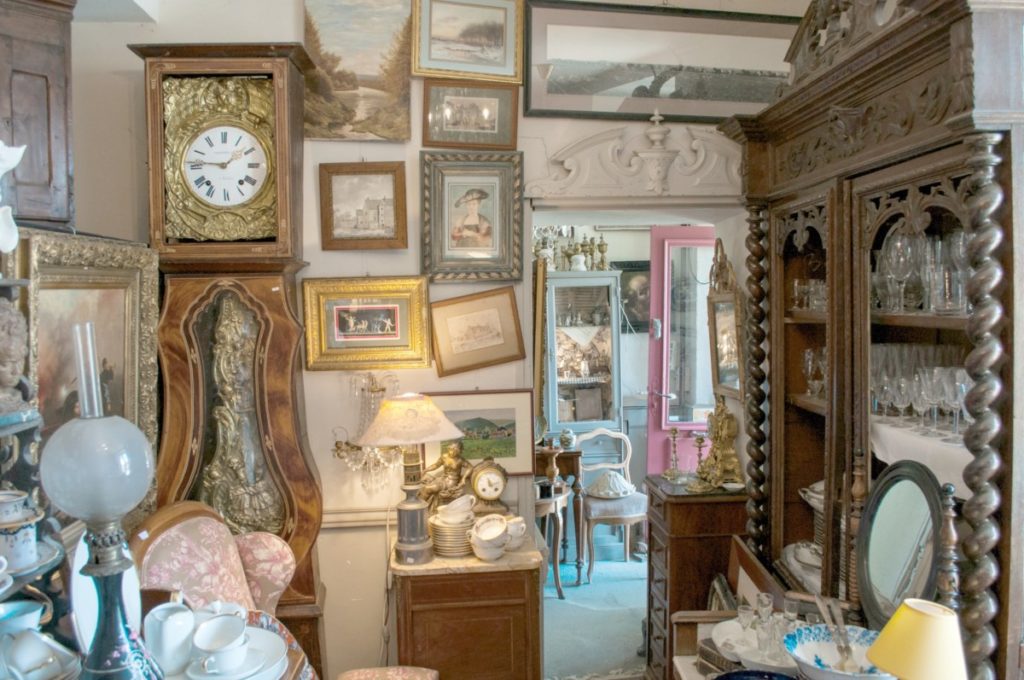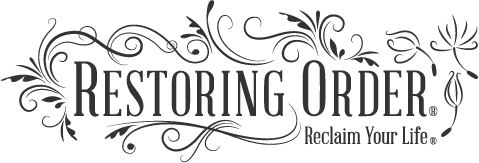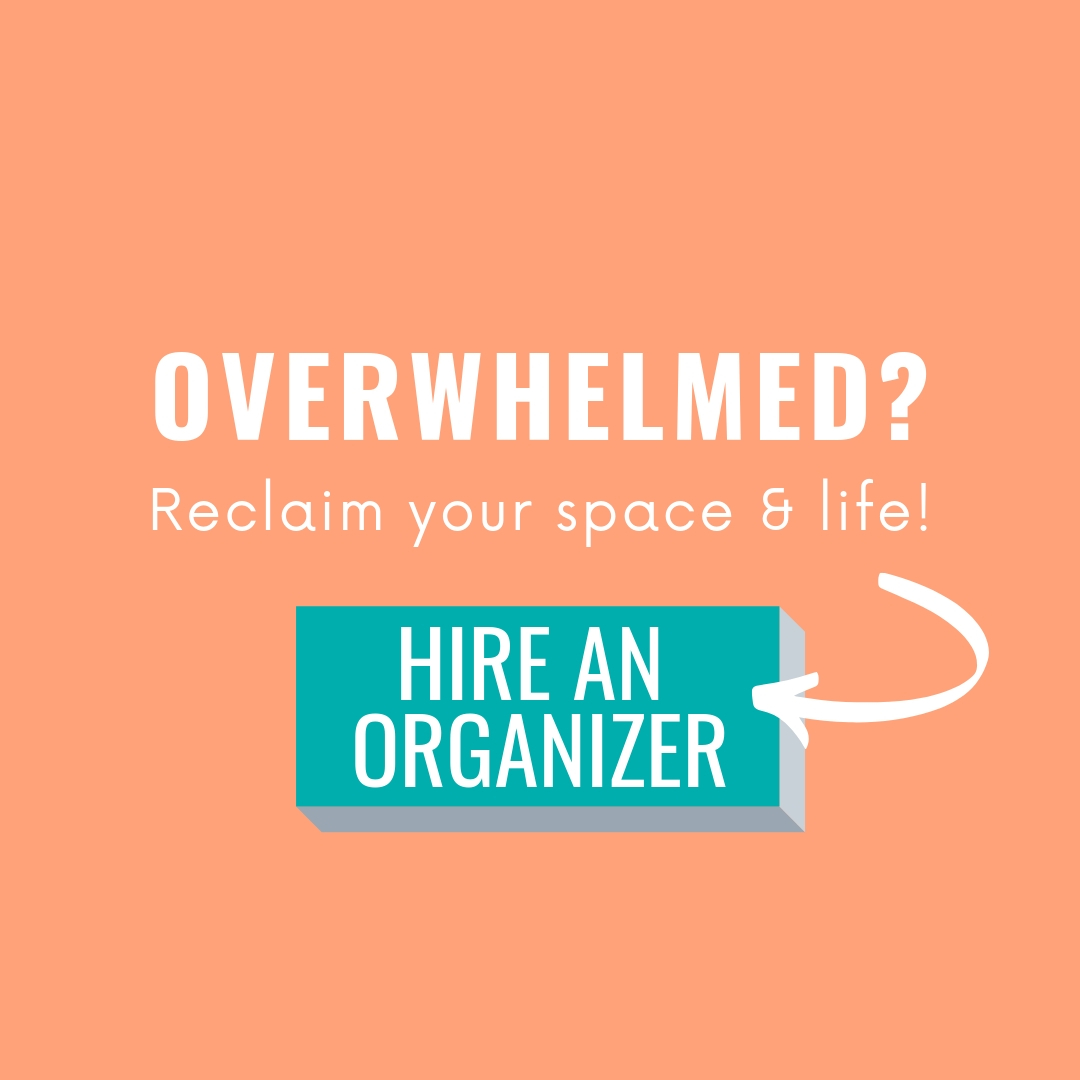
Installment 3: Historical Disorganization
Family History Matters When It Comes to Disorganization
Wouldn’t you like to know how you got disorganized in the first place? We’re in the middle of a series addressing that very question. Last week we covered “habitual disorganization” when our bad habits are causing our disorganization. This week we will explore “historical disorganization:” when we create order or disorder based upon our familial history experience.
Historical Disorganization
Whatever your experience with order has been, you likely have responded to that experience in your adult life. You may have embraced or rejected order based upon your history with it. Becoming cognizant of your past experience with order will help you discover where your feelings about organizing have developed. Discovering if you are historically disorganized is not about laying blame on your family; it’s about gaining insight so you can move forward. As you become aware of your sources of disorganization, you become equipped to reclaim your life!
Rebelling Against Disorganization
My friend Nancy grew up in a clean but disorganized home. Her mom worked tirelessly at her job. Since she worked long hours, the last thing she wanted to do when she got home was to organize. Time away from home, however, meant that Nancy’s mom had less time and desire to sort papers or arrange the pantry. In fact, Nancy’s mom rebelled against organizing the home and preferred to spend her time doing other things.
As a result, there were lots of junk drawers and mystery cabinets throughout the house and Nancy grew up surrounded by disorganization. After school, Nancy would search for a snack in the overcrowded pantry and everything she sampled was stale. Food in the refrigerator frequently spoiled due to poor planning. The kitchen table was piled so high with papers that Nancy couldn’t sit there to do her homework. As a result, Nancy relocated her homework activities and attempted to distractedly complete her assignments in front of the television. Nancy did not learn organizing skills at home and adapted her life and work style around the disorder. Disorganization within the home can alter the way we use our space. We behave in unproductive ways when we are faced with disorganization.
Wired for order, Nancy grew up annoyed with the disorganization. Nancy vowed that when she grew up, she would never live in a cluttered environment like her family’s home. She wanted to acquire skills she didn’t learn in her childhood.
In some cases like Nancy’s, we rebel against the disorganization we grew up with, and we resolve to train ourselves for orderly living. Due to our disorganized past, we want to have an organized future. Growing up feeling out-of-control is not a good feeling, so we determine to control our environment in our adult world. Our history with disorganization offers plenty of proof that the costs of disorder are significant.
As we reject the disorder of our past, a re-training process is required. If we grew up with disorder, we will have to learn how to create order. Those who live or work with us may need patience while we develop new skills and practice new habits. Re-training can help us gain skills we didn’t learn in childhood, thereby correcting the past.
Embracing Disorganization
Unlike Nancy, sometimes we succumb to our disorganized past. Since we were not taught to organize our belongings or our time, we never learned the skills to tackle clutter. Since we didn’t acquire organizing skills in our youth, we enter our adult lives ill-equipped to manage the onslaught of paper and tasks that comes with employment. We can’t believe someone else is horning in on our work, micro-managing us, and telling us to clean up after ourselves. We want to live in the way we’ve always known; it might not be organized, but it is familiar.
Rebelling Against Order
Of course, the opposite of Nancy’s story is also true. Some of us grew up in impeccable homes where perfectionism reigned supreme. As we enter adulthood, we may rebel against the order we experienced perceiving that it was imposed to restrain us instead of to release us. You may be someone who grew up in a museum of order. Along with the order came rules and restrictions. Perhaps you have rebelled as a result.
Instead of rebelling against order, did you know there is another alternative? Your current definitions of order are likely along the lines of control, authority, and restraint. You can change your definitions of order! By altering your definitions of order you can change your opinion of it. If you began to define order to include freedom, peace, and sanity, wouldn’t organizing be less threatening and more inviting?
If you have rebelled against orderly living in your childhood, I invite you to embrace the positive benefits of order. By changing your definition of order, you can escape your past and begin to experience true peace.
Embracing Order
Finally, some of us grew up in a showcase of order and we embraced it. We loved the orderly lifestyle then and we love it now. We are organizing junkies! We can’t understand why others would knowingly and willingly live in chaos. We bring our organizing skills into our own adult world and adapt them to our unique needs. We recognize that organizing is not a series of regimented activities, but a method of discovery that allows us to correct the things that are not working in our environment and time. We know that organizing isn’t a strict set of rules; it is a means of liberation!
Begin Anew
If you are fed up with living disorganized, you can change! Organizing is–above all–a change process. You can actually change your life by restoring order to your environment. As you begin to prune out the unnecessary, superfluous deadwood in your life and calendar, your haphazard existence will begin to settle down. As peace is restored to your space, your mind will begin to clear up as well as you sanity returns. I’ve seen it hundreds of times…order really does bring more freedom and calm to your life.
Related:
- Read other blogs in this series:
- How Did I Get So Disorganized Part 1: Situations
- How Did I Get So Disorganized Part 2: Habits
- How Did I Get So Disorganized Part 4: Social
- Learn more about uncovering the root causes of disorder in Vicki’s book Reclaim Your Life


